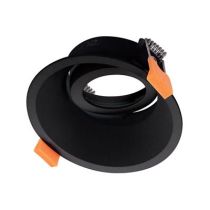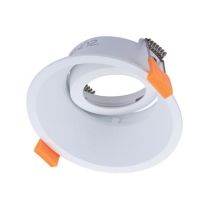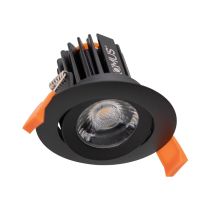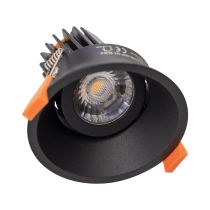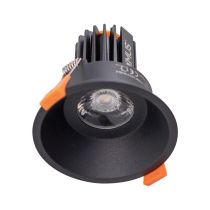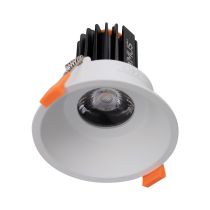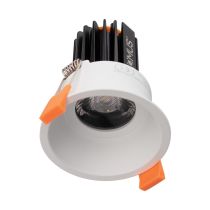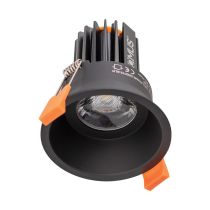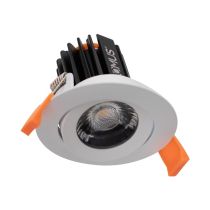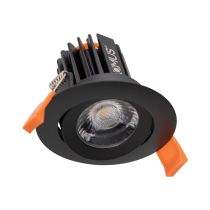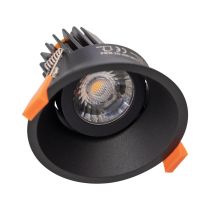LED Drivers
With so many alternatives available, finding LED drivers might be more challenging than you think. When deciding which one is ideal for you, there are several aspects to consider. One notable factor is whether you require a constant current or constant voltage LED driver.
Constant current and constant voltage drivers are both solutions for powering LED light sources; the difference is in how the power is delivered and that they are not interchangeable. LED drivers are the driving force behind LEDs, supplying and regulating the required power to ensure that they work safely and consistently. Knowing the differences between the two categories will help you assist in the appropriate powering of LEDs.
Constant Current:
Constant current LED drivers are designed to operate within a specific range of output voltages and a specified output current (mA). LED’s that require a constant current driver require a nominated output current, which is commonly measured in milliamps (mA) or amps (A). These drivers vary the voltage in the electrical circuit, allowing the LED system’s current to stay constant. The ideal method of driving high power LED’s is with a constant current driver, which allows for consistent light output across all LED’s in series.
Constant Voltage:
Constant voltage drivers have a single direct current (DC) nominated output voltage. Amongst all models, 12VDC and 24VDC are the most common LED drivers (or Power Supplies). For appropriate installation, a constant voltage LED light will specify the required input voltage that it requires to function properly.
A constant voltage LED driver converts regular mains power (120-277VAC), to a constant direct current (DC) output voltage. You must install an LED driver that is capable of operating at the specified total amperage, and regardless of the load, the output voltage will always remain constant.






